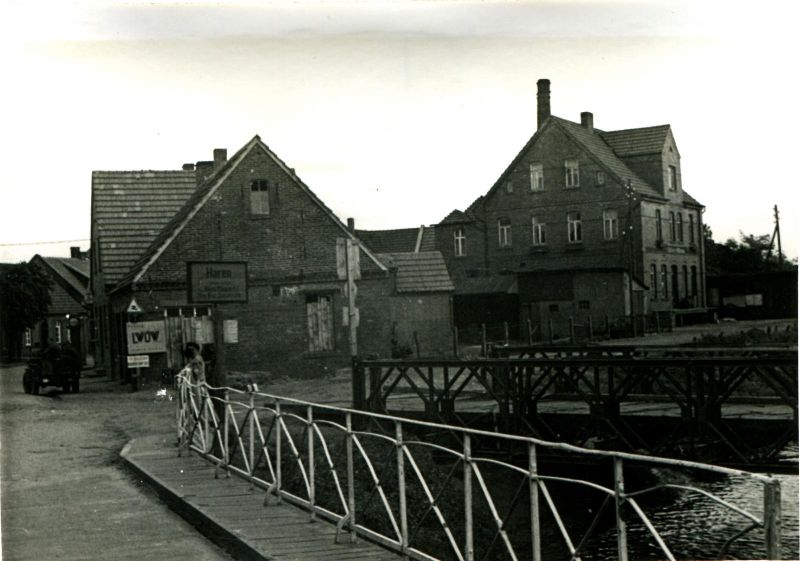Maczków. A Polish enclave in North Germany
Mediathek Sorted
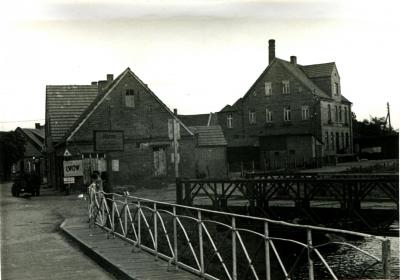


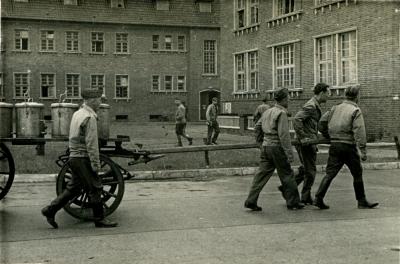
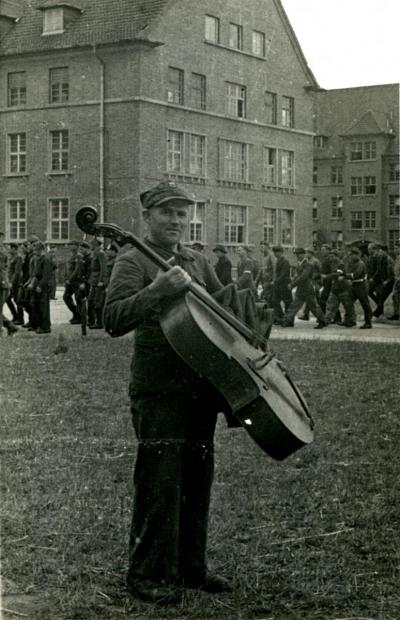
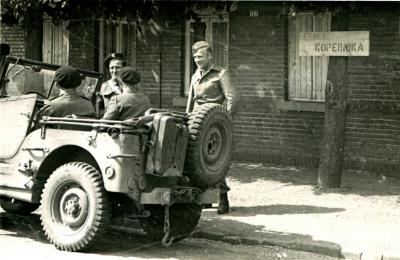
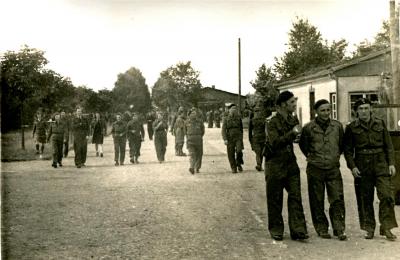
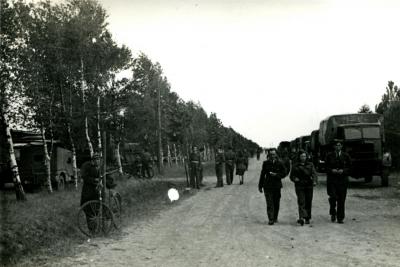
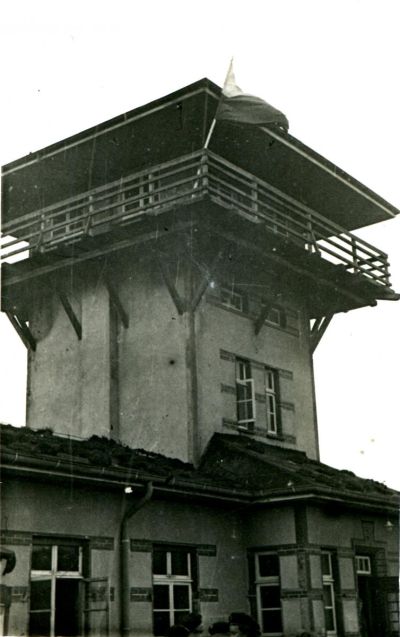
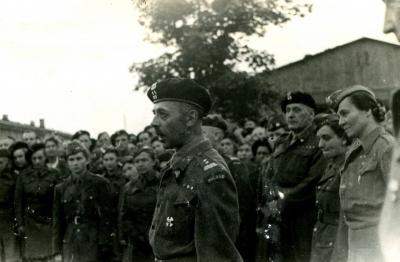
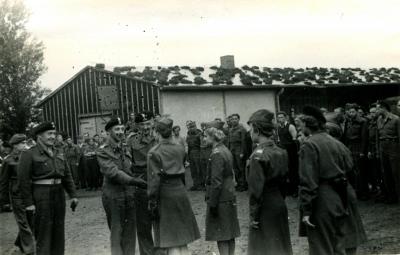
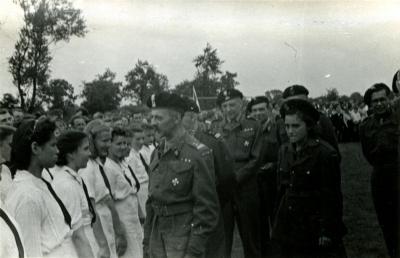

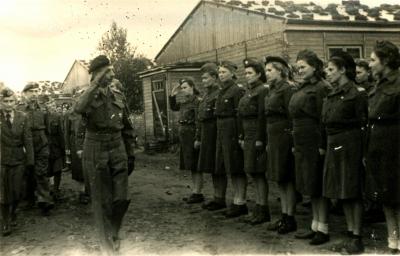
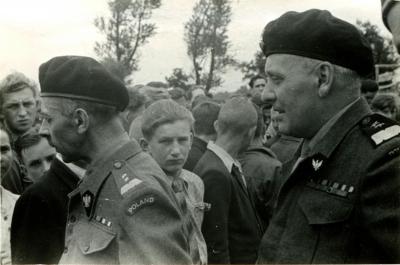
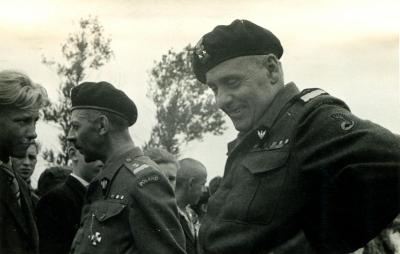
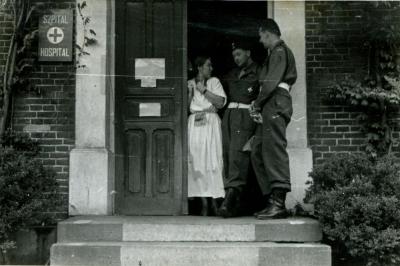

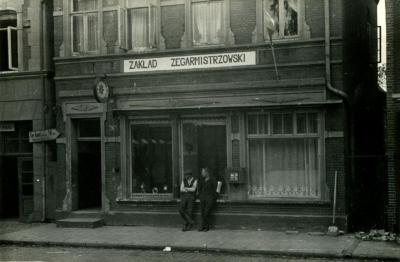
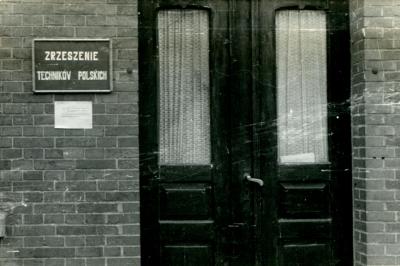
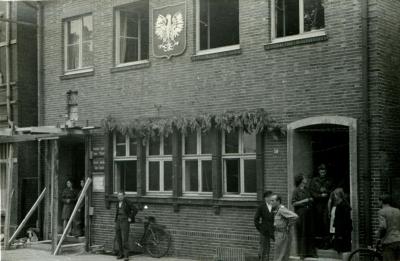
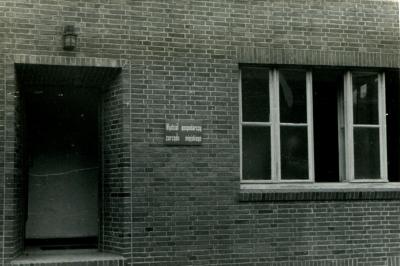
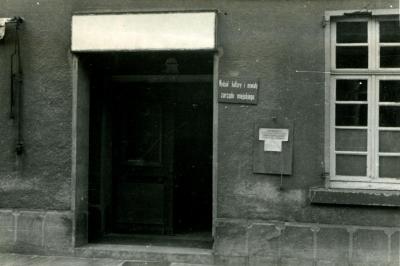
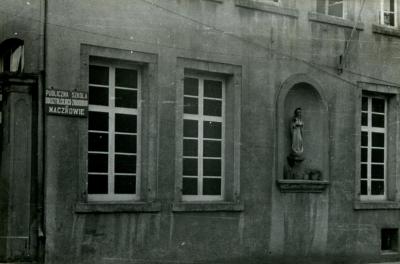
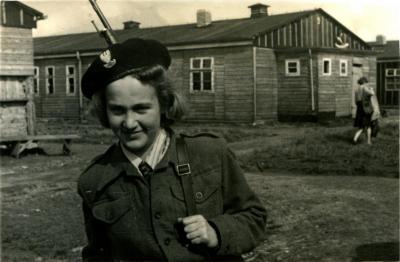
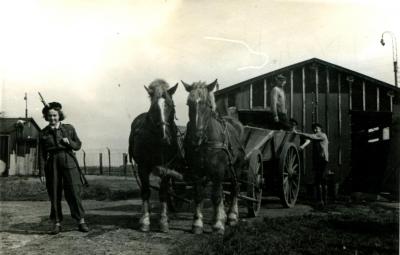
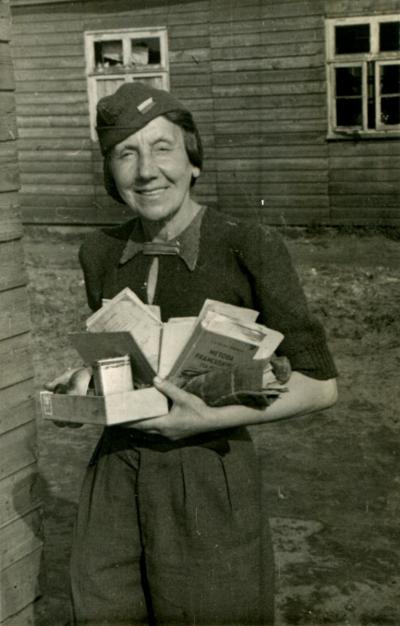
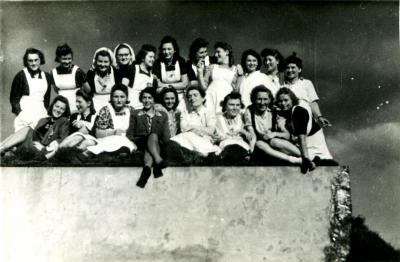
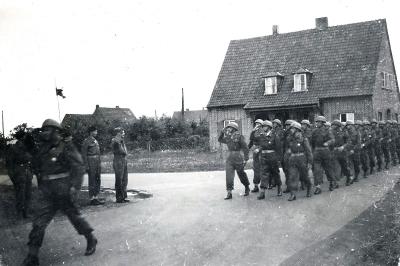




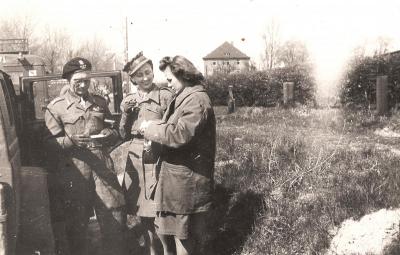
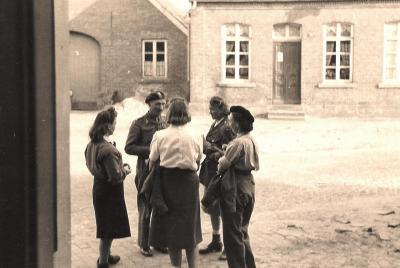
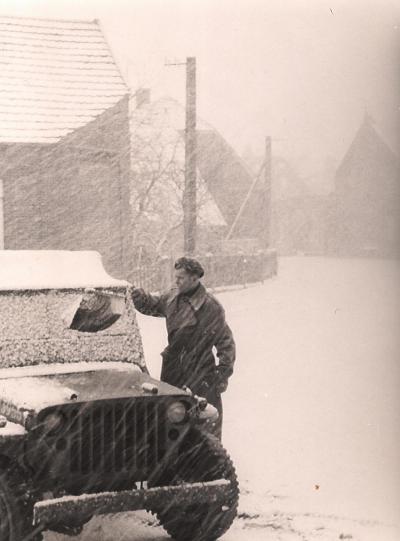

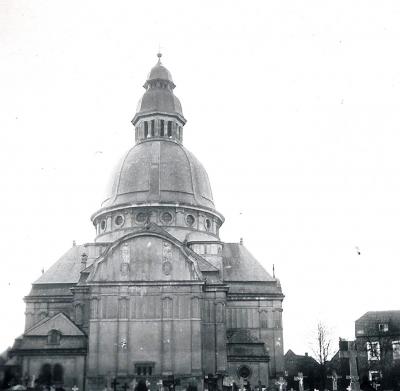
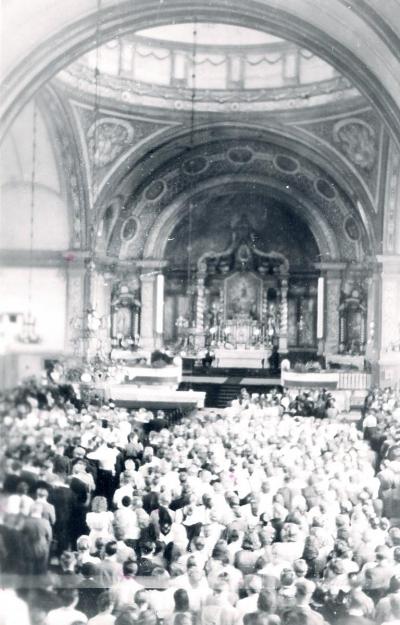



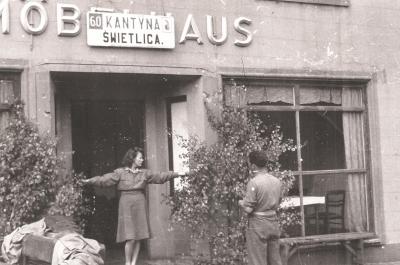



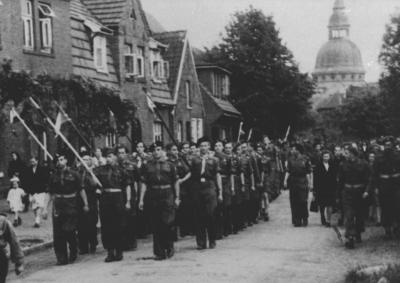

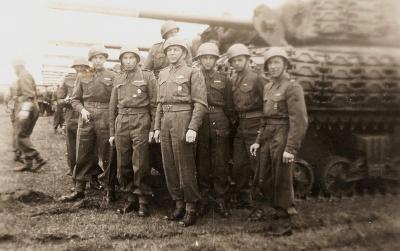
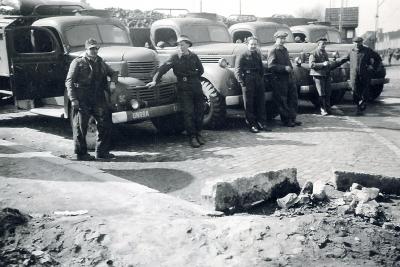
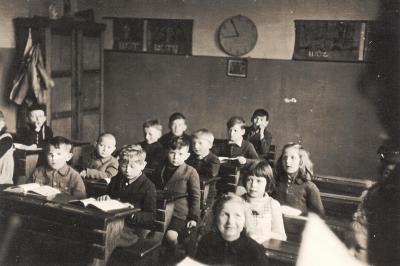
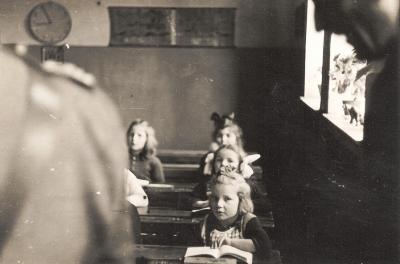
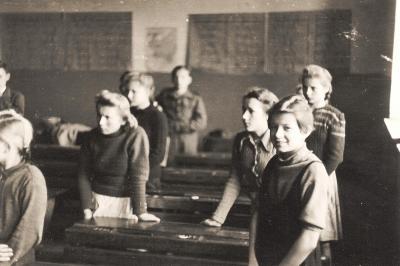
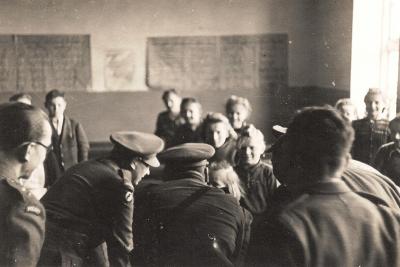













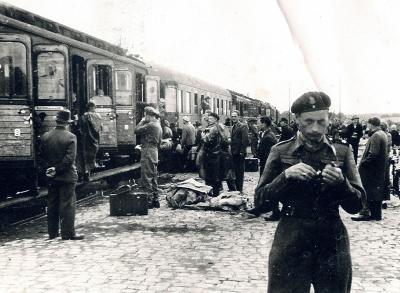
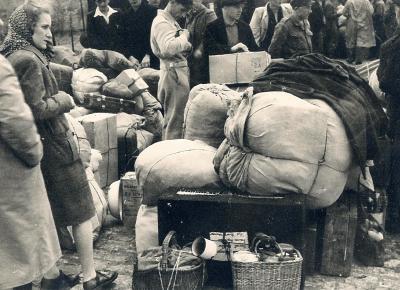

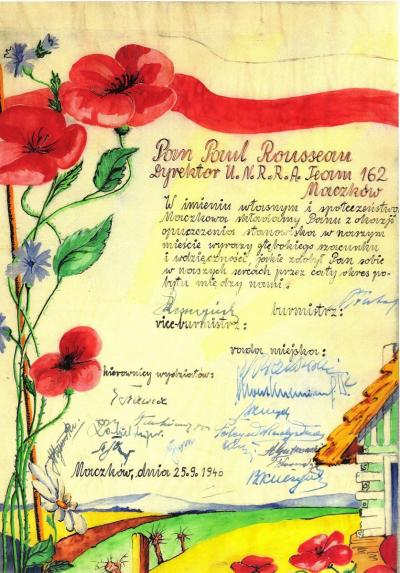


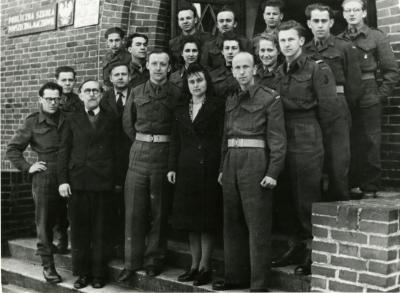
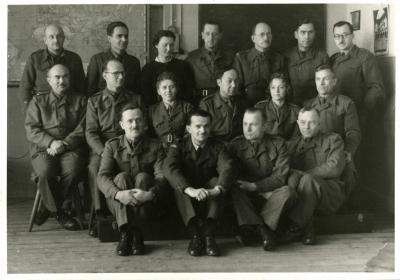
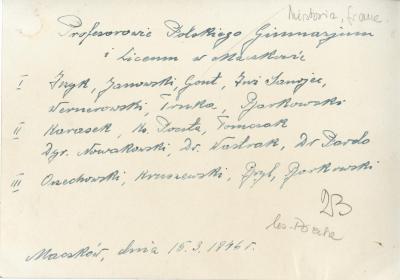
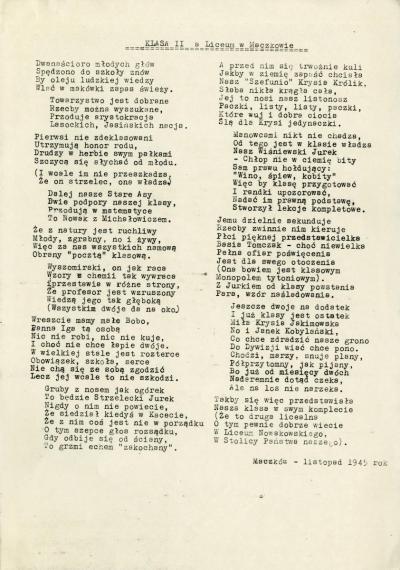
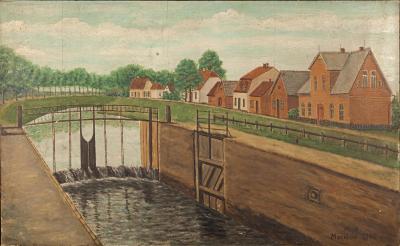
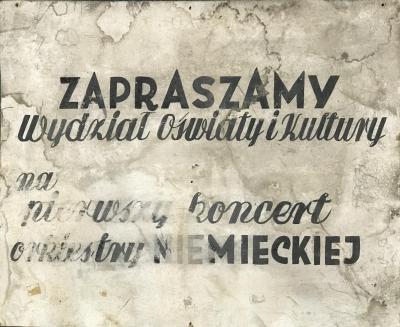
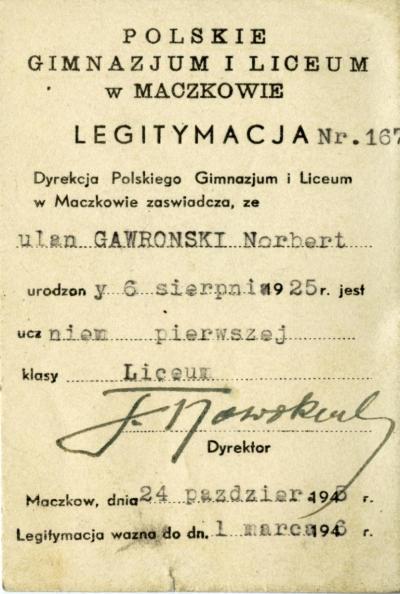






Maczków. Polnische Enklave in Norddeutschland - Hörspiel von "COSMO Radio po polsku" auf Deutsch

Paradies auf Zeit - wie aus Haren Maczków wurde




























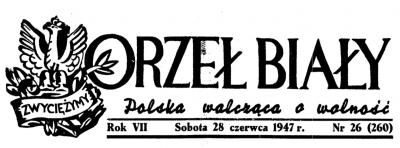



















































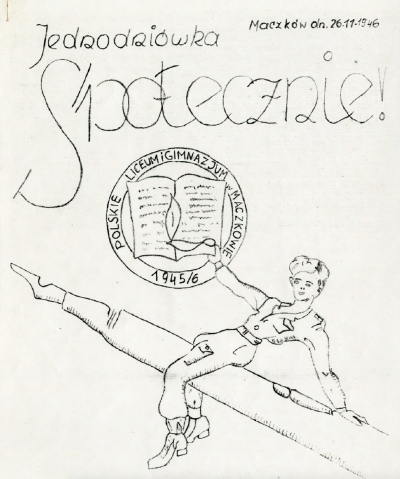












Poles in Emsland
The north-western part of Germany, known as the Emsland, was captured by Stanisław Maczek's First Tank Division, and after the war ended the region was allotted to the British occupation zone. Since the area was under Polish administration for a while, it was also known as the "Polish Occupation Zone in Germany". It extended over 6,500 square kilometres to include the districts of Aschendorf, Meppen and Lingen as well as the counties of Bentheim, Bensbrück and Cloppenburg with all their villages.
Thousands of Poles, most of whom were liberated from concentration camps and POW camps, were living in the area occupied by General Maczek and his troops. Another large group consisted of former forced labourers. The Poles soon referred to these people as "dipisi", a nickname derived from the abbreviation of the English term "Displaced Persons" (DPs), the term used by aid organisations and the occupying powers in Germany. The first definition of the term in November 1944 was that of:
"... civilians who are outside their state for reasons of war; those who want to return or find a new home but are unable to do so without outside help" (Lembeck, p. 38).
In mid-May 1945, General Henry Crerar, commander of the Second Canadian Corps (at whose side the First Polish Tank Division had fought, suggested to the commander-in-chief of the British occupying forces, Gen. Bernard Montgomery, the idea of setting up a Polish enclave in a part of the Emsland. Montgomery accepted this proposal and the Prime Minister of Great Britain, Winston Churchil, gave the order to establish an occupation corps of Polish soldiers.
According to estimates by the Polish historian Jan Rydel, around 40,000 DPs and prisoners of war from various nations were present in Emsland in August 1945. That said, after the Russian prisoners of war and the interned Italian soldiers had returned home the majority of these were Polish. In November 1945, the proportion of foreigners in Lower Saxony, to which the Emsland belonged, is said to have been around 6%.
The conglomeration of thousands of people, who were often in a wretched state of health and had great material needs, caused many problems. To make room for the newcomers, the houses belonging to the Germans were vacated. In Emsland, these measures were initiated on 19. May 1945, when the mayor of Haren, Hermann Wichers, received the order to evacuate his town.





















































































